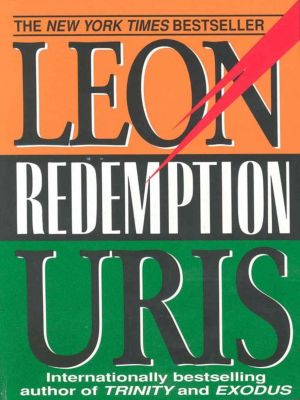

Father Lynch and the Reverend McIvor both commit the sin of coveting glory and hold their congregation through fear, but both can´t fool Conor and Roger.įinola had joined the majority of Ballyutogue mothers who had lost any physical and esoteric sensations of love making. Yet, she must bring a male heir to carry on her father´s empire.Īmid all this, the characters of Conor and Roger Hubble both see clearly through the farce.

The only British female character is the daughter of tycoon Sir Frederick Weed, Caroline Weed, who is much more emancipated and has a healthy line of lovers before she settles down to marry Roger Hubble, a member of the ruling British elite. On the Protestant side, we see Shelley McLeod, who is much more independent, and is forgiven for having an affair with a married man, but pays with her life when she dares to love a Catholic man. RC women are oppressed as well as confused, as is revealed by Fiona Larkin´s predicament, who confesses enjoying a healthy sex life to the RC priest Father Lynch and is severely reprimanded. As an Indian, I couldn’t help identifying with this pestilence of religion, a cause of almost every problem in India even now. There is no education, no doctor, no food, but the priest is right there telling you how to suffer. McIvor agreed, for he was now in the business of making spiritual loans to be collected at great interest in the future. A rare humorous scene is little Seamus feeling nauseous about saying the rosary every evening. The RCs grow up with the fear of sin deeply embedded. The Protestants are unforgiving of those who befriend an RC and gladly follow a fanatic leader like Reverend Oliver McIvor. Uris makes it clear that religion is the root cause of misery on both sides. As Uris says, ´only the weak´ are left behind. Most of them immigrate to America or Australia, making half of all immigration in the 1950s to the US from Ireland. The Irish Catholics have an age-old social strata, where the oldest child inherits, leaving the rest of the siblings (always too many) fending for themselves. While both Protestants and the RCs had fanatic overbearing churches, the Protestants have the Orangemen, the Gombeen, and the British Aristocracy. Uris does a good job of showing the sectarian and sub-sectarian divides in the Irish society of those times. The book is replete with historical events, from the Great Famine of the 1840s to the Easter Rising in 1916.

No prose could force a man with a full belly into the streets to rise, nor could any law stop a hungry man from taking to the streets.Īlongside Conor is his best friend, Seamus O’Neill, who decides to narrate the story from time to time, and disappears when the narrative gets too historical. As he witnesses the plight of the Irish Roman Catholics (RCs) under the yoke of the British, rebellion rises in him till he joins the Irish Republican Brotherhood, the roots of Sinn Féin.


 0 kommentar(er)
0 kommentar(er)
